Some time back, I reviewed the Burson Audio Fun and Bang for my blog. The Fun is a headphone amp while the Burson Bang is a forty watts per channel speaker amplifier. Both products are roughly 7” x 6” x 2” and almost ideal for a desktop system; if you work from home and want something compact for both headphones and bookshelf speakers, these components fit the bill nicely.
I’ve also been fortunate to try the Burson Swing DAC/Preamplifier which served as the third component in the system along with a pair of HSU CCB-8 loudspeakers.
While the speakers themselves are a topic for another day, if you haven’t checked out HSU Research, they do make some great speakers in addition to their subwoofers which have earned more than a few awards over the years.

Some will be quick to point out that the CCB-8 was not really intended to be used as a near-field monitor and it is a valid criticism; the coaxial tweeter, however, makes it work better than intended on a desktop. It was one of those scenarios where the final results make it one of those speakers that has flown under the radar but really delivers excellent results at a great price.
I auditioned both the HSU CCB-8 and the KEF Q350 speakers and preferred the tonality of the CCB-8 a bit better.
The only drawback to the Burson stack on my desktop was its more than slightly industrial look, and the fact that it required 3 components stacked on top of each other to offer all of the features and power required.
The first part of the fix was to install a new EVGA Nu Audio Pro card in the PC. This swap delivered more than adequate playback quality for an office PC and allowed me to remove the Swing from the stack.
Get Your Funk On
With desktop real estate at a premium for a lot of people, Burson listened to its customer base and came up with the Burson Audio Funk; a combination of an updated Burson Fun and Bang in a single and much smaller chassis that is far more attractive looking.


Gone is the black industrial case of the older models in favor of the new ribbed polished metal case with a gunmetal anodizing. Not only does the case look better, but it acts as a heatsink for the internal amplifier so the Funk stays cooler than its predecessors.
Amazingly, the case is barely larger than a single unit of the old designs and there is a very sleek looking stand available if you want to flip the Funk vertically to save space.
None of this is really surprising as Burson Audio has long been challenging what could be done in a small amount of space with a limited budget and has made some fantastic products as a result.
They started with discrete op-amps early on, then later started producing their own line of audio equipment to put them in.
More recently, Burson turned its attention to power supply issues as linear power supplies were large, costly, and inefficient, while switching supplies were cheap but noisy.
The result was a new switched design with the frequency moved significantly above most other switching supplies.

This new Max Current Power Supply (MCPS) dramatically lowered noise while keeping the efficiency of the switched model. Now standard in all their products, the MCPS allows Burson to pack a ton of punch in a small box and is the heart of the Funk.
Without the MCPS to power a true class AB circuit design, the Funk would have to revert to the class D circuit many others are using for small box amplifiers. Instead, the Funk delivers 45 watts of class AB power to the speaker taps.
Headphones don’t need 45 watts of power (well, maybe with a few exceptions) so rather than find a way to bleed power off for a headphone output, Burson designed a separate 3 watt class A amplifier circuit for the headphone output.
3 watts is more power than many balanced headphone amps can deliver and with the MCPS backing it up, the Funk has no trouble with sag from repeated big hits regardless of which output you choose.

The drawback to all that power is usually noise.
Many amplifiers that can push out a lot of power require speakers or headphones that need that same power level to keep from having a constant hiss between songs.
The gain options on the Burson Audio Funk all but eliminate that and while I could hear a faint hiss with the super sensitive Campfire Andromeda, most IEMs were dead silent between tracks when listening on low gain at reasonable volume levels.
This is saying a lot for an amp that had no trouble powering the HiFiMAN HE6 and T50RP mods to their fullest.
Op-Amps Make the World Go Round
The Funk also has options to roll op-amps for both the headphone and speaker amp circuits independently.
This is a cool feature as I prefer the v6 Vivids with my speakers but would rather use the Classics or Muses02 with most headphones.
This also allows the end user to tune the Funk to their liking using either Burson’s op-amps or any of a myriad of other DIP-8 dual op-amps. I tried the Stacatto, SparkOS, and Sonic Imagery Labs discrete op-amps in addition to the Burson V6 Classic and Vivid and v5i as well as several IC op-amps from Muses and Ti before settling on the choices mentioned above.



Burson sells a base model Funk with Ti5532 Op-amps, or it can be purchased with Burson Vivids. One downside to purchasing the base model is the stand is not included ($100 option when/if it is in stock). So the $200 difference in base model and Vivid equipped model is part op-amp and part stand cost.
Does it Sound Any Good?
Burson has developed a rather loyal customer base and much of that is due to the sound quality of its components that are not insanely overpriced. The brands doing well in the desktop audio and personal audio space (Burson, Schiit Audio, iFi) have figured out that the Head-Fi customer want usability, affordability, and excellent sound quality for the money.
In many ways, they have become even more discriminating than the typical audiophile customers willing to spend $10,000 on speakers and $20,000 on electronics; there are more affordable options to select from and it’s not unusual to find consumers within this space with 3-5 headphones and multiple DACs and headphone amplifiers.

The Head-Fi crowd changes its components more frequently than folks changed their masks during the pandemic.
I found the base signature to be very clean and potent but slightly lacking in sparkle with my CCB-8, so swapping in the Vivids gave that little extra zing it needed to sound its best.
For headphones, the base model was really quite good, but the muses02 was a little more finessed and fluid sounding while the 5532 was a little on the crisp/sharp side.
Again, the best part is, if you disagree with my choices, there are literally hundreds of other options to pick from.
Power was never an issue with the HSU CCB-8 speakers and certainly was never an issue with the myriad of dynamic and planar magnetic headphones at my disposal.

The Burson Funk is probably a better option for those with multiple pairs of headphones who desire the flexibility to alter the tonal balance and presentation of their headphone system at their leisure.
The base model will work well with most headphones that are not too dull sounding in the treble.
Burson doesn’t do a lot of advertising which helps keep costs down so the base price for the Funk is only $544 while a maxed out Funk retails for $744. That’s a lot of amp for the money and will no doubt have a lot of people saying “Funk it, I’m getting one”.
For more information: bursonaudio.com/products/funk/
Where to buy: $544 at Amazon


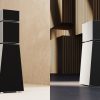

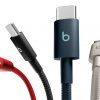
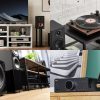






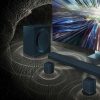


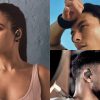
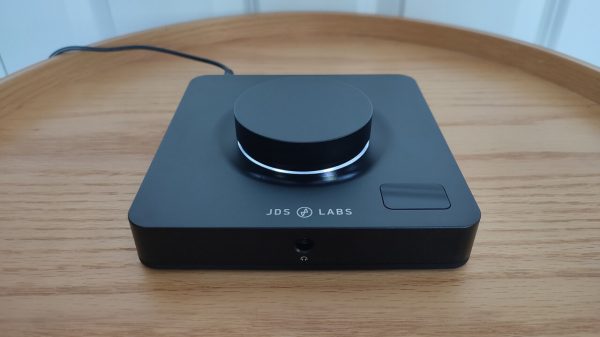

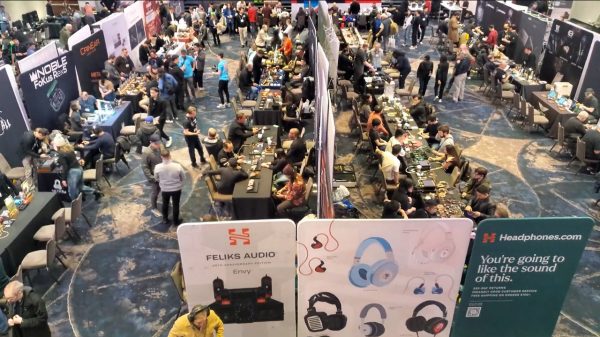


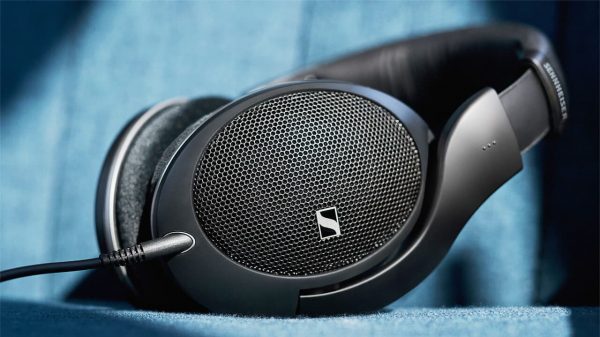

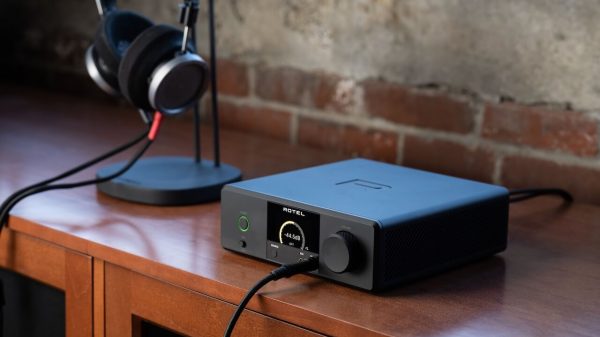
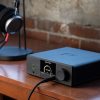













Charles Grubbs
September 29, 2021 at 7:25 pm
Got one of these for my desktop speaker set up and I must say with the Vivid opamps this is probably the best amplifier I have heard under $1k. It is replacing my Schiit Aegir amp.
Ian White
September 29, 2021 at 8:52 pm
Charles,
That’s quite the endorsement. What we’re you using the Schiit Aegir with?
Ian White